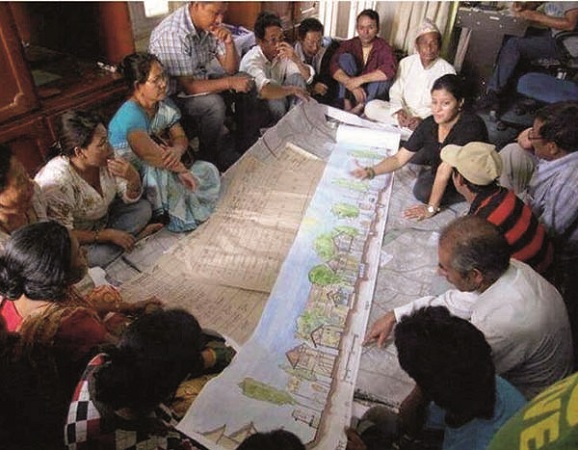 | 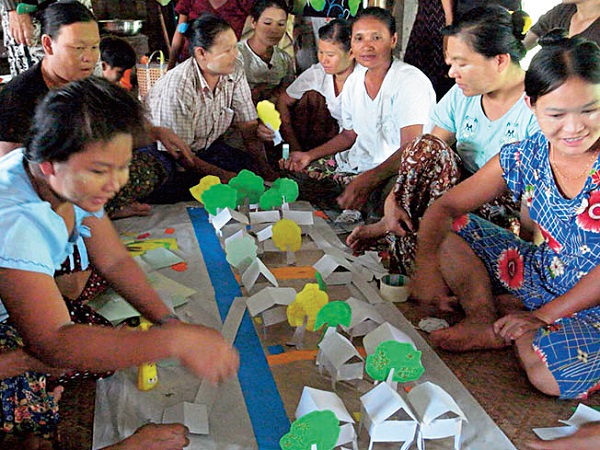 |
 | 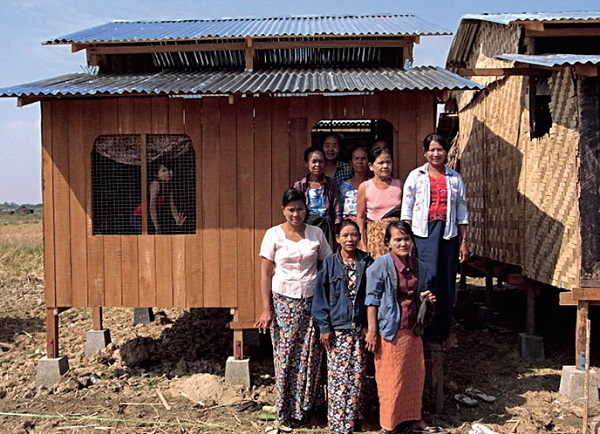 |
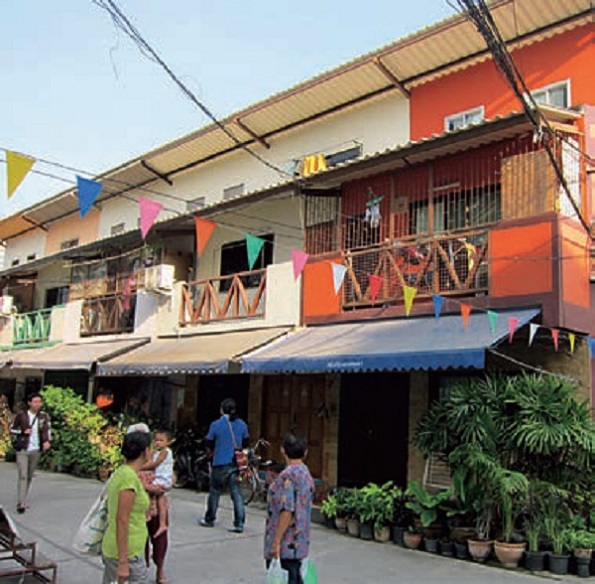 |  |
How, when and why did you get involved in the issue of Affordable Housing?
I have been involved in issues of affordable housing development for about 40 years. After completing my architecture education in 1975, I joined Thailand’s National Housing Authority (NHA) in 1976, to help plan housing projects. As an architect with the Slum Upgrading Office, my first assignment was to design a community centre in a Bangkok slum. I organised discussions with the community members and tried to bring their ideas into the design process.
In 1981, I joined the Center for Housing and Human Settlement Studies (CHHSS), a collaborative programme between Thailand’s NHA and the Institute of Housing Studies (IHS) in the Netherlands. After eight years with them, I did a brief stint with an NGO before I helped set up Thailand’s first national Urban Community Development Fund (UCDF) and the Urban Community Development Office (UCDO) to manage the fund and use it to support various development activities of urban poor communities. The Fund started with a grant of about US $40 million from the Thai Government, which supported community-driven development activities through cheap interest community loans across Thailand. The work grew in scale and strength.
In 2000, UCDO was merged with the Rural Development Fund to become the Community Organizations Development Institute (CODI), a public organisation supporting community-driven development activities at a national scale.
CODI now finances citywide slum housing and upgrading projects (as well as rural housing development) in more than 300 cities throughout the country. It has a total revolving fund of about US$ 200 million for different kinds of community development loans with low interest rates at 3-4% per annum.
In 1988, after a regional meeting of people and NGOs involved in urban poor housing in Asian countries, the Asian Coalition for Housing Rights (ACHR) was set up to enable groups working on issues of urban poverty and housing to learn from and help each other find regional and international support for their efforts to solve eviction problems in their countries. Since inception, ACHR has developed programmes to support horizontal exchange learning, community finance systems, community-driven disaster rehabilitation and citywide housing upgradation. Between 2008 and 2014, ACHR’s ACCA Programme (Asian Coalition for Community Action) supported a process of citywide slum upgrading in 215 cities in 19 countries across Asia.
What exactly is the mission of the Asian Coalition for Housing Rights?
ACHR is a coalition of Asian professionals, NGOs and community organisations who share a commitment to find ways to make changes that are suitable for particular cultures. The collective experience of all these groups represents a huge resource of knowledge, understanding and possibilities. We have begun exploring ways of joining forces and supporting each other through joint initiatives: housing rights campaigns, fact-finding missions and community organization training to resist eviction.
Over the years we’ve realised that government or private sector solutions are not the solutions for poor people. So ACHR evolved training and advisory programmes across Asian countries where good cases and experiences were identified and raised funds for extensive learning workshops, exchange visits and advisory trips.
This mutual support and sharing of ideas between Asian groups is important, because so many of the development theories, planning paradigms and urban development models which set the course in Asia – and which we are often obliged to follow – are mostly transplants from somewhere else, with knowledge, theories, technologies, international agendas mostly implemented in a top-down development culture.
The wisdom and practices by people and local communities that have sustained Asian societies for centuries have been ignored and we seem to have lost confidence in our own considerable human and cultural wealth.
By being a regional coalition many key pieces of knowledge from actual ground implementation or experiments have also been shared with the groups in the coalition.
How did Asian cities differ from European cities in their periods of rapid growth in the last century?
Urbanisation started much earlier in Europe which is about 80% urbanised today as compared to 50% or less of Asia. However, Asia has urbanized much, much faster, in mostly unstable political situations and in different ways. Asia has a huge rural hinterland and many people are fleeing poverty, climate change and conflict. Today, Asia has more people flowing into its towns and cities in a shorter time and there’s a greater disparity between the rich and the poor and unprepared urban management than in Europe.
There are also sharp differences in governance structures. While decentralization is long established and working comparatively well in Europe, Asian countries are still very centralised, with powers concentrated mostly with the central government. When people have less political power and fewer opportunities to participate, development happens in ways that favour the upper strata of society.
One of the most visible manifestations of unbalanced power in city development is the lack of viable, affordable housing. In most Asian cities, the poor always have to make their own houses and settlements on whatever possible land and carry on with their lives as best they can.
This informal, people-built housing may be substandard, but it represents an enormous and flexible system that supplies shelter to those the public and private sectors have left out.
Because their city governments give them no legitimate space, power or access to finance to solve their housing problems and most of the public and private sector housing is unaffordable for them, Asia’s urban poor are forced to be illegal and informal.
When we talk about the management of cities today, there is a tendency to focus more on economic or technical aspects. Asian cities love taking up ideas from Europe or America, like ‘smart cities’, ‘world class cities’ and ‘investor-friendly development’. The agenda for our city development and urban form comes more from outside Asia. Of course there are many good and successful practices in the West and we can learn from those experiences. But this outward-looking policy can become very problematic because we fail to look at, and build on, the enormous strength and development potential that exists in our cities and in our urban citizens when we try to figure out what form urban change will take. In European cities it’s been a gradual democratic development and cities have long developed mechanisms and practices that balance power between the city government and the citizens, which provide more opportunities for participation. This participation is also reflected in the city planning processes and in the provision of services to residents, which seem to be more equal than in Asian cities.
A good example of this imbalance in urban management can be found in historic preservation. European cities, both big and small, are full of beautifully preserved and shady public spaces and historic buildings even as newer quarters have been added. In Asia, we don’t think it important to preserve our old towns or historic spaces; worse we demolish our built history to put up shopping malls and build parking lots. And if an area is designated a heritage site, people who live there face eviction. This is because money economics is a predominant system for area. If Asian cities want to be truly inclusive and liveable for all their citizens, people must take an active part in the development of their city and housing is one of the best places to start.

Asia has a long tradition of public markets, canals and many forms of community housing. These Asian traditions and forms could bring many interesting and vital aspects to our urban planning, if our public and private sector developers could only move beyond just economic development or economic generation ideas, which make housing an individual commodity bought and sold by the rich.

Could you explain your concept of community-led development for low-cost housing and its advantages compared to developer-led development?
Do we want people to be more powerful living engines with diverse energy and power to make creative changes for themselves and the cities, or just be passive followers? Community-led is the way to allow people to get together and achieve the desirable development. It is to unlock people energy and potentials to help them attain affordable housing and build a healthy community system.
However, physical and affordable housing for every poor family may not be enough to make a significant change. In the conventional approach to development, we are encouraged to look at poverty as a problem, which the poor have to endure and somebody else has to fix. But in order to survive, poor people must develop strength, resilience and capability, which is the flip side of poverty. Without such strength, how could so many millions of people without money or connections or education, whose lives as poor squatters are illegal and marginal, manage to shelter themselves, earn enough to feed their families and send their kids to school? If we can understand this other side of poverty – the problem-solving side – then we’ll understand what form development should take and how it can help unlock these people’s energy to redevelop their lives.
This is especially true in housing. When poor communities have space and support to come together, discuss their shelter problems, develop their community organisation, explore affordable housing models and materials, plan their own solutions to their housing problems and negotiate for land, they are not only developing their own secure housing, but they are also building their social support system and ways to improve their status as citizens in the city.
When people are at the centre of housing production, the final product is always invariably cheaper, better, more socially lively and culturally appropriate than the minimal, individual kind of ‘housing units’ favoured by developers and found in public housing.
The individual approach may work for better-off people, but not for the poor, whose position at the bottom of the economic ladder leaves them especially vulnerable when they’re alone. But while the poor may be weak in financial terms, they are particularly rich in social terms. In communities of the poor, there is a social force, which can and does deal with the economic disadvantages people experience individually.
Can the social and economic advantages of community-led development of low-cost housing be combined with the scale and speed of the developer-led model?
When people of a community design and construct their own low-income housing, it’s great, because the housing development process becomes an opportunity for them to work, learn and design together, manage finance and construction and build their community organisation and strength in the process. But people-built should not be the only option; it can be mixed with other options since we have huge housing demand.
In Thailand, many of the communities developing their housing projects under CODI’s Baan Mankong Programme build their own houses and bring down the costs. Others hire contractors to build all or part of their new housing while some hire contractors to lay foundations and construct reinforced concrete frames and the families finish the work, to bring down costs. The contractors hired are usually small, local businesses in the area, are part of the communities or collectives of skilled community builders. At the other end is professional developer-built housing, which can also work.
Options for the way housing is constructed should be kept open. What matters more than who actually builds is that the residents should play an active role in the project. Even if the housing is to be built by developers, it should be possible for the residents to share their views, take part in the designing, planning and implementation and build as a group through the housing planning and implementation process.
But this is rarely the case in most of the developer-built housing. Hence, poverty and isolation persist even in the most solidly built housing projects.

Which are the important issues where the governments need to play an important role in solving the problem of affordable housing in Asian cities?
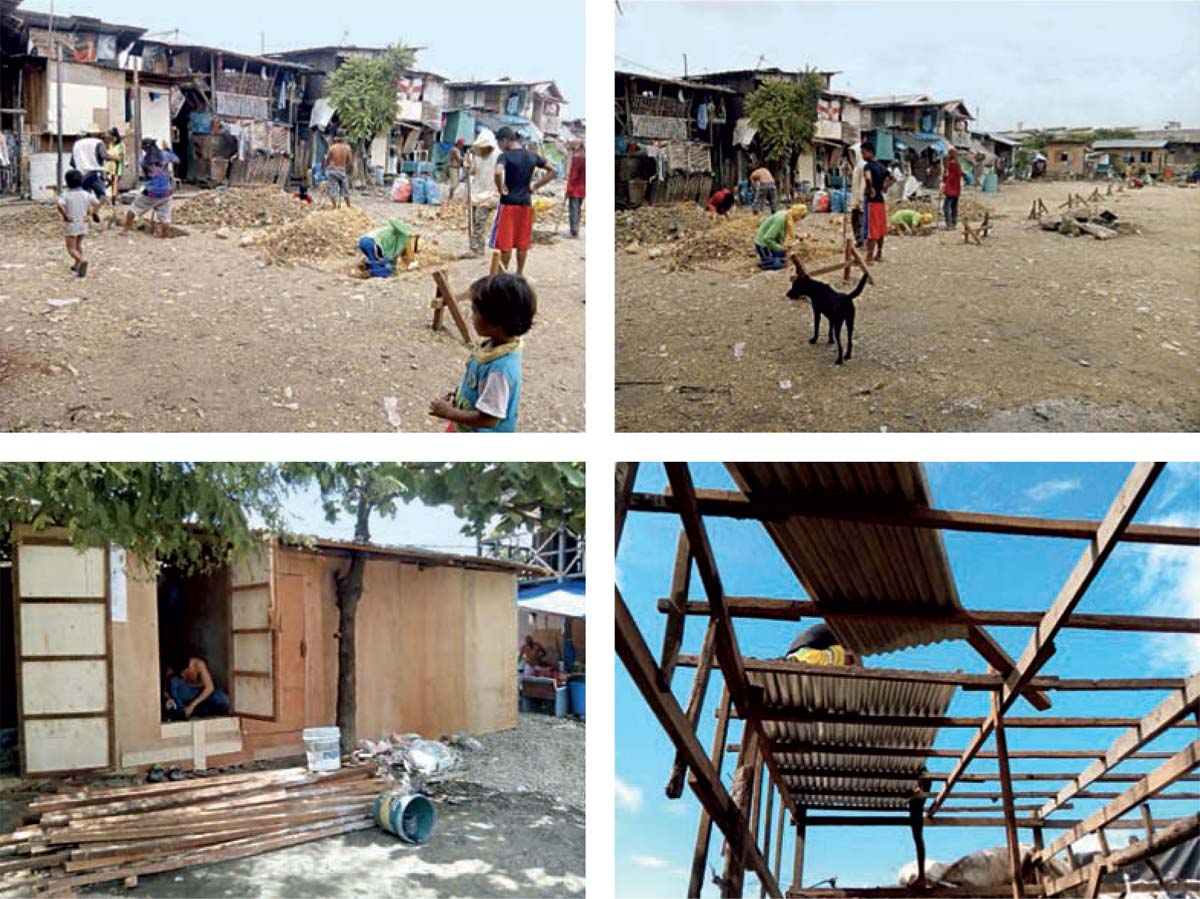
ISSUE 1 - Scale: It’s time we aimed for change of scale. We could reach the scale of citywide change in housing, if we can find ways to link all the different actors to visualise an overall picture and develop plans to solve housing problems for different groups in that particular city. It should be a programme or a package of support structures, where everybody in the city is part of the development process. Today, almost all public housing in Asia is developed on a project-by-project basis and private sector housing is scattered project-based. In many cases, even people-driven housing initiatives are project-based. Why don’t we combine all these efforts into a city-scale programme that sees human settlements for all and the city’s function and participation and social system more as a whole? Governments could play a role in turning that scale into policy, providing finance or making existing financial tools work better and more flexibly to support housing development on a citywide scale.
ISSUE 2 - Flexible Finance: It is crucial to have financial mechanisms that are creative and flexible to support people-centred and citywide housing development programmes at scale. Conventional banks or government fiscal budgeting alone cannot do it. When you provide finance to support such a citywide process, with special funds from banks and with new institutions to provide different kinds of finance to create a flexible development system at the city scale, different cities around the country can proceed at the same time. And governments can help facilitate the setting up of these new flexible finance mechanisms.
ISSUE 3 - Cities Solve Their Own Problems: Allow the city to fix the problem. This relates to the planning and several other city development issues. Central governments should allow the people and the city (various actors) to develop their own comprehensive solutions, but with poor communities as the key actors. The people who will live in those new housing projects must be active. The government should provide the platform: you don’t dance alone, you don’t control or own the big national or city housing platforms, but you allow the actors to dance together. This is vital.
ISSUE 4 - The World Has Changed: People in cities all over Asia want change. They want to be part of a reasonable and active change in their lives and settlements. Our countries are urbanising rapidly and our societies are changing by leaps and bounds, but our governments are not keeping pace; they are mostly stuck in old, conservative highly top-down patterns and are very slow to change. It’s time for our governments to make a new platform and allow active people who want to change things to sit together and make different teams to fix things and bring about change. This is the smart way for both the central government and the city government. Make it a more proactive process.
",
